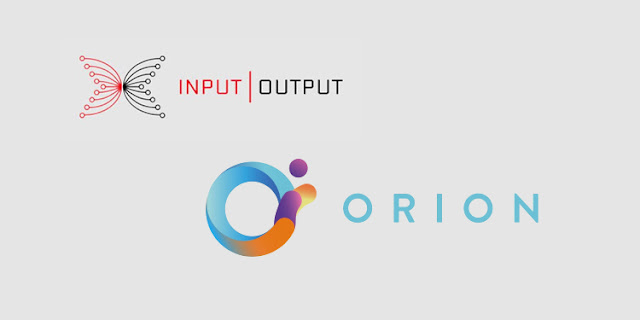Five reasons to keep ASTOR running

After more than one year of service, ASTOR is scheduled to retire in early Mar 2022 From the beginning , we wanted a reward model that would allow folks to join/support the project without significantly loosing the benefit of delegating to a large pool. The economic dilemma is obvious - a large pool has a much lower cost to every block it mints. The closest we could come to an ideal setup, is to run the pool non-profit. The operator would of course get what is actually needed to run the pool, all else is distributed to folks who support the project. We also wanted to have a charitable aspect to this as well. We therefore decided to directly give 100% of the pool's margin to charity - currently, we plant tress for the planet . This worked out great for the longest time and although being a small pool we could provide significantly higher payouts than even the largest pools. Ideally, these payouts would not have to be done manually but instead become an integral part of network fu...



